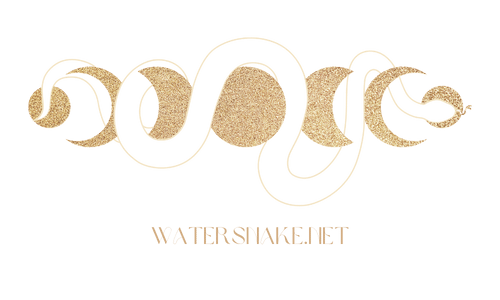Exploring the Hognose Family: Different Species and Their Unique Colors
The hognose snake belongs to the Heterodon genus, which consists of three main species: the Eastern hognose snake (Heterodon platirhinos), the Western hognose snake (Heterodon nasicus), and the Southern hognose snake (Heterodon simus). Each species has its own unique colors and patterns, making them easily distinguishable from one another.
Let’s start with the Eastern hognose snake, also known as the “puff adder” or “spreadhead” due to its ability to flatten its head when threatened. The Eastern hognose snake is native to the eastern parts of North America, ranging from southern Canada down to Florida. This species displays a wide range of colors, including yellow, tan, brown, and gray. They often have dark blotches or speckles on their backs, which helps them blend in with their natural environment.
Moving on to the Western hognose snake, this species is found in the central and western parts of North America, from Canada to Mexico. Western hognose snakes are known for their variety of colors and patterns, with some individuals exhibiting bold, vibrant colors like bright orange, red, or yellow. Others may have more subdued colors, such as brown or gray. Their patterns can range from solid colors to intricate speckles or even checkered patterns.
The Southern hognose snake is the rarest and least studied of the three species. It is found in the southeastern United States, primarily in Georgia and Florida. This species is known for its striking colors, with individuals displaying shades of brown, gray, and tan. Some specimens may have reddish undertones, while others may exhibit lighter or darker variations of the base color. The Southern hognose snake is also characterized by black or dark brown blotches or speckles along its body.
It is important to note that within each species, there may be regional variations in color and pattern. Factors such as habitat, temperature, and local genetic variations can influence the appearance of hognose snakes within a specific region.
In addition to the natural colors and patterns of hognose snakes, there are also various color morphs that have been selectively bred in captivity. Breeders have successfully created unique color variations through selective breeding, resulting in snakes with patterns and colors not typically found in the wild.
Some popular morphs within the hognose snake community include the Albino morph, which lacks pigmentation and has a pale, creamy white coloration; the Toffee morph, characterized by its light brown or caramel coloring; and the Axanthic morph, which exhibits a reduction in yellow pigmentation, resulting in a primarily black and white coloration. These morphs add to the already diverse array of colors available in hognose snakes.
It’s important to note that while hognose snakes are known for their wide range of colors and patterns, their coloring can change based on factors such as age, health, and shedding. Snakes undergo the process of shedding their skin periodically, during which their colors may appear dull or faded. After shedding, their colors will regain their vibrancy.
In conclusion, hognose snakes are a captivating group of reptiles that exhibit a wide range of colors and patterns. From the Eastern hognose snake to the Western and Southern species, each has its own distinct appearance. Their unique colors and markings make them highly sought-after pets for snake enthusiasts. Whether it’s the vibrant colors of the Western hognose or the striking patterns of the Eastern hognose, these snakes provide a visually stunning addition to any reptile collection.
